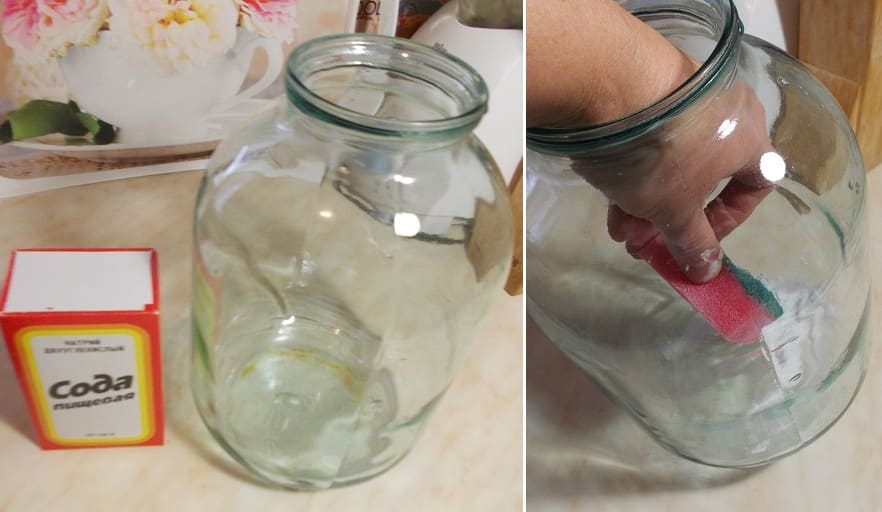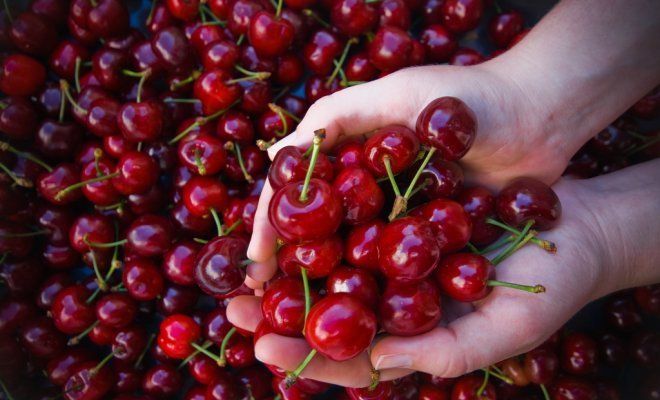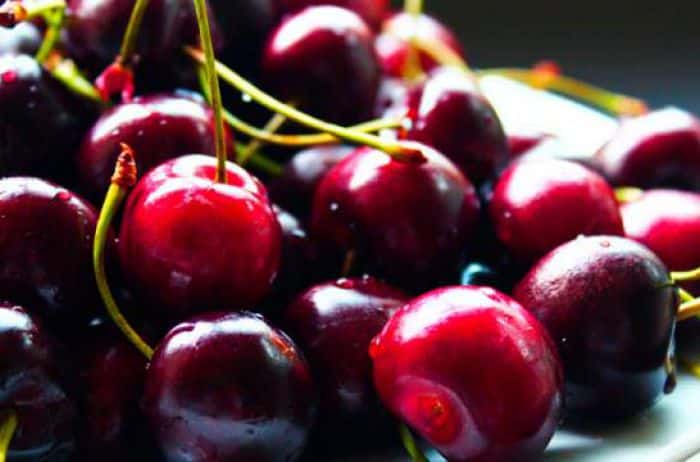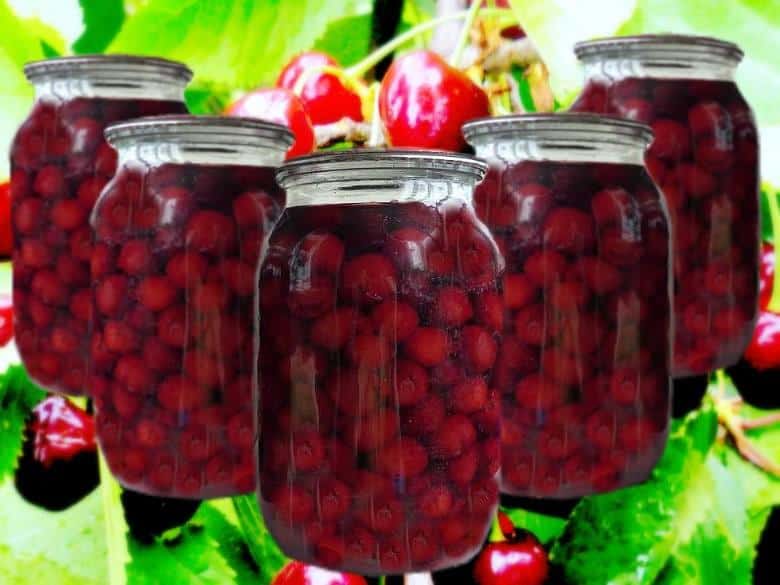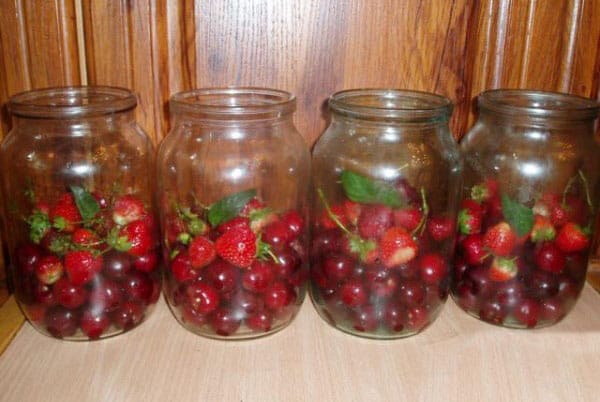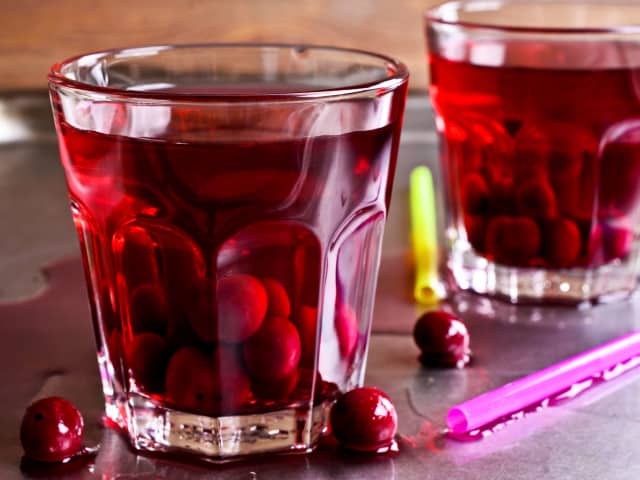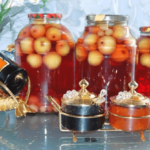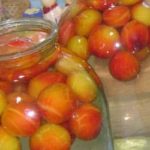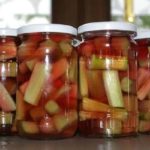Cherries are a seasonal product; you want to keep them on the table for as long as possible. Simple recipes for cherry compotes allow you to get a storehouse of vitamins even in winter.
No matter how the cherry compote is prepared for the winter, the recipe includes the required operations:
- preparation of containers;
- preparing berries;
- preparing the filling;
- heat treatment options (pasteurization, sterilization, multiple filling, hot filling);
- rolling (capping) containers.
Preparing containers
It is better to seal cherry compote for the winter in three-liter jars. This saves effort, time and space. First you need to prepare the container. The jars must be intact, with a clean rim. Containers are washed thoroughly; if you use a dishwasher, you must rinse them with tap water before sterilizing. Jars can be sterilized in various ways.
Practice has shown that it is better to sterilize jars traditionally by steaming, using a special attachment for the pan. Sterilize the cylinders for 7-10 minutes, remove the can, shake to remove water. Place on a clean towel and cover with a sterilized lid. The lids are sterilized as follows: metal canning lids without damage, defects and with rubber rims, completely covered with water, are boiled for 10-15 minutes, then reduced to the very minimum.
The lids are removed just before covering the jar. It is better to do this with tongs or a fork.
Cherry compote for the winter: subtleties of preparation
The compote is not as concentrated from pitted cherries as it is from pitted cherries. Syrup prepared for the winter absorbs all the extractive substances from the berries over time and becomes more tasty. There is no need to try to fit a large number of fruits into a small volume. If you add too many berries, the syrup will become too concentrated and will have to be diluted with water before use. Cherry is a neutral berry; to improve its taste, it can be mixed with any sour berry.
Preparing cherries for compote
The fruits chosen are large and medium-sized, without defects or damage. Wash thoroughly, remove the stalks, place in a sieve or colander and allow the liquid to drain.Cherry compote with pits does not require further processing of the berries. To prepare a product without seeds, it is better to squeeze them out using separators (special devices). The berry is practically not deformed and less juice is lost.
A simple recipe for the winter
Cherry compote for the winter. Below recipes are given for a 3-liter jar:
- Cherry 700 g.
- Sugar 400 g.
- Citric acid 10 g.
- Water 3 liters.
Dissolve sugar in boiling water, bring to a boil and let simmer for 3-5 minutes. The washed berries are placed in a prepared three-liter jar. Pour in heaping amounts of syrup. Cover with a sterilized lid and place in a container with hot water for pasteurization.
Pasteurization is carried out at a temperature of 85 ° C for 45 minutes.
Attention, do not open the lid! Roll up the jar and check for leaks by rolling the jar several times on its side. The rolled up jar is placed in a dark, cool place so that it cools quickly. Cooling too long can cause the fruit to become mushy.
Cherry compote without pits
It is better to make seedless compote a little sweeter and in smaller jars, about 200 g of sugar per 1 liter of water. Then canned berries can be used in desserts. Instead of pasteurization, sterilization can be used to speed up the process. Sterilization takes place under the same conditions, only the syrup in the jars should boil slowly. Sterilization time is 12-15 minutes.
Cherry compote with pits
Attention, fruits with seeds contain hydrocyanic acid. Therefore, it is not recommended to place more fruits with seeds in a container; the taste will spoil and may be harmful to health. The recipe is as follows:
- Washed berries, without stem, 1 liter jar.
- Sugar 350 g.
- Water 3 liters.
Filling and sterilization are similar to previous recipes. There should always be a little more syrup.
Recipe without sterilization
Less labor-intensive compote can be made from cherries with pits without prior sterilization. By winter, the taste characteristics will only improve. They do this: wash the jars thoroughly, rinse them, add one third of a 3-liter jar of well-washed fruits with seeds and no branches. Pour in 1.5 cups of sugar, pour boiling water over everything, cover with a sterilized metal lid, let stand for 20 minutes, remove the lid and place on a clean saucer, close the jar with a special plastic drain lid, which was sterilized along with the metal lids.
Pour the syrup into a saucepan, add 100 g of water, bring to a boil, let it simmer for 5-7 minutes, refill with boiling syrup, the syrup should rise slightly above the edge of the jar. Cover with a sterilized lid and roll up. The balloon is turned upside down and wrapped tightly in a warm blanket.
Be careful, if the lid was rolled up incorrectly, it may come off and cause burns.
Rolled up cylinders are kept wrapped for 1 day. Cherry compote with pits, prepared for the winter, turns out tasty and clear.
Cherry and strawberry compote
Delicious compote in combination of cherries and strawberries. The berries are washed, cleaned, and the stalks are removed. Place in layers mixed with prepared cherries up to the shoulders of the jar. Prepare syrup at the rate of 300 g of sugar per liter of water. The sterilization time for a liter container is 5-7 minutes. There is no need to add citric acid.
Cherry compote without sugar
Cherry compote prepared for the winter by hot pouring; a simple recipe is best counted on several three-liter jars.The fruits are poured with water and wait for the moment of boiling, but do not boil. Carefully remove with a slotted spoon and place in a sterilized container. Boil the remaining water for 5-7 minutes and pour into the jar to the very top.
Immediately roll up, turn over, cover with a warm blanket and let cool.
Storing compote
As mentioned above, it is more convenient to store compotes in 3-liter jars. After cooling, regardless of what heat treatment was carried out, the jars are kept at room temperature for two weeks. If the lids on the cylinders swell, the syrup foams, and becomes moldy, it means that the technology has been broken. This product can be overcooked with added sugar. Cans that have been rolled up correctly can be stored in a cool, dark place.
At room temperature, such twists can be stored for 6 months to 3 years.

